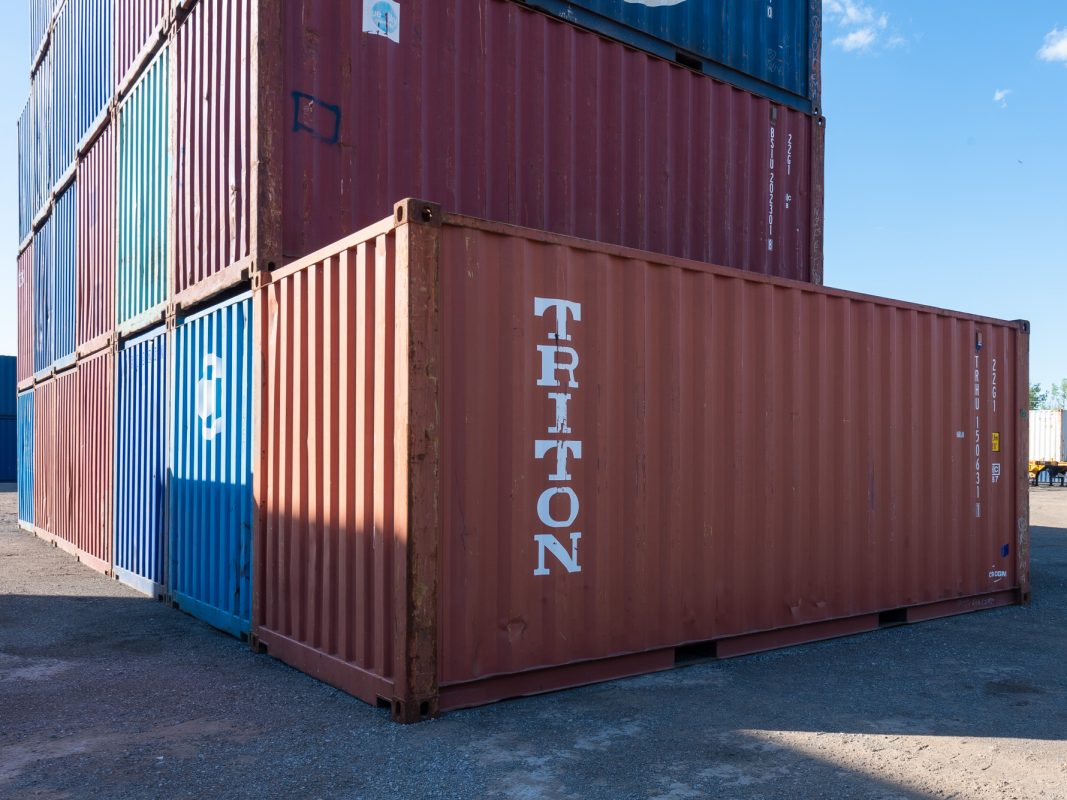Creative Facades for Shipping Container Buildings: Adding Style to Function

In recent years, shipping container buildings have become a popular choice for innovative architecture due to their durability, affordability, and versatility. However, one of the common criticisms of container structures is their industrial appearance. Fortunately, modern architects and designers have embraced creative facades as a means to transform these utilitarian boxes into stylish and functional spaces. In this article, we explore how creative facades can enhance the aesthetic appeal of shipping container buildings, offering practical solutions that blend style with functionality.
The Evolution of Shipping Container Architecture
Shipping containers, originally designed for cargo transport, have found a new life as building blocks in contemporary architecture. Their robust, modular nature allows for flexible design possibilities, making them an attractive option for residential, commercial, and temporary structures. However, their original steel exteriors are often perceived as bland or unattractive. This has led to a surge in innovative facade treatments that can elevate the visual impact of these buildings while maintaining their functional integrity.
Understanding the Role of Facades
A facade is more than just a building’s outer layer; it serves as the first impression of a structure and can significantly influence its overall character. In the context of shipping container buildings, facades play a crucial role in softening the harsh industrial look of containers and integrating them more harmoniously into their surroundings. Creative facades can enhance curb appeal, reflect the building’s purpose, and provide insulation and weather protection.
Innovative Facade Treatments for Shipping Container Buildings
- Green Walls and Vertical Gardens
One of the most popular and environmentally friendly ways to enhance the facade of a shipping container building is through green walls or vertical gardens. These living facades are covered with plants, which not only improve the aesthetic appeal but also offer benefits such as improved air quality, insulation, and reduced urban heat island effect. Green walls can be designed using modular systems that are easy to install and maintain, creating a lush, vibrant exterior that contrasts beautifully with the container’s industrial base.
- Wood Cladding
Wood cladding is a classic choice for adding warmth and texture to shipping container buildings. By covering the steel surfaces with timber panels or planks, architects can introduce natural elements that soften the industrial feel. Wood cladding can be treated to withstand weather conditions and provide additional insulation. Different styles of wood cladding, such as horizontal or vertical slats, can create various visual effects, from rustic charm to sleek modernity.
- Metal Screens and Shading Devices
For a modern, urban aesthetic, metal screens and shading devices can be employed to create dynamic and visually striking facades. These elements can be crafted from materials such as perforated steel, aluminum, or corten steel, and can feature intricate patterns or geometric designs. Besides their decorative function, metal screens provide practical benefits by offering shade, reducing heat gain, and enhancing privacy.
- Colorful Paint and Artistic Murals
A simple yet effective way to transform the appearance of a shipping container building is through the use of bold colors and artistic murals. Painting containers in vibrant hues can make them stand out and contribute to a lively urban environment. Additionally, murals and graffiti can be used to add a layer of artistic expression, reflecting the local culture or the building’s purpose. This approach allows for easy updates and changes, keeping the facade fresh and relevant.
- Glass and Transparency
Incorporating glass elements into the facade of a shipping container building can create a sense of openness and modernity. Glass windows, doors, and panels can break up the monotony of the container’s metal surface and invite natural light into the interior spaces. Depending on the design, glass facades can offer various levels of transparency, from clear glass to tinted or frosted options, balancing visibility and privacy.
- Modular and Reconfigurable Facades
For a highly adaptable approach, modular and reconfigurable facades can be employed. These facades consist of interchangeable panels or elements that can be adjusted or replaced as needed. This flexibility allows for easy updates to the building’s appearance and can accommodate changes in function or design preferences over time.
Practical Considerations
While creative facades can significantly enhance the appearance of shipping container buildings, it’s essential to consider practical factors such as durability, maintenance, and cost. Facade treatments should be chosen based on the specific environmental conditions and intended use of the building. Additionally, integrating energy-efficient features and sustainable materials into the facade design can further enhance the building’s overall performance and environmental impact.
Conclusion
Creative facades offer an exciting opportunity to transform the industrial look of shipping container buildings into visually appealing and functional structures. By exploring various facade treatments such as green walls, wood cladding, metal screens, colorful paint, glass elements, and modular designs, architects and designers can enhance the aesthetic value of these versatile buildings. Ultimately, the right facade treatment can bridge the gap between style and function, making shipping container buildings not only practical but also striking and unique additions to any urban landscape.
 Singapore
Singapore Australia
Australia Indonesia
Indonesia Japan
Japan Malaysia
Malaysia New Zealand
New Zealand Philippines
Philippines South Korea
South Korea Taiwan
Taiwan Thailand
Thailand VIETNAM
VIETNAM
